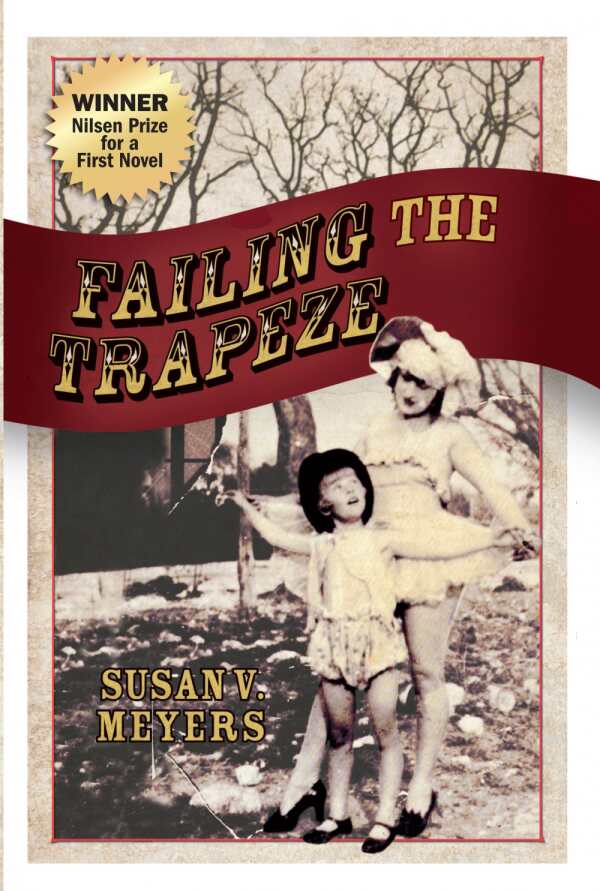Failing the Trapeze
Shifts in time and from character to character parallel the motif of the swinging trapeze to reveal the circus-like perils of family relations.
Failing the Trapeze, by Susan V. Meyers, is an artfully crafted family drama. As the title suggests, the Williams family is connected to the world of illusion, danger, and thrills that is the circus. Though the novel is loosely based on the author’s family history, this is not a story about the circus. The novel reveals that our life is a “circus” where we face the perils of our relationships.
The story follows three generations of the family from the 1920s to 1979. Dollie Mae, the queen of the trapeze, and Arthur Richards are the owners of a small circus. Their daughter Maxine learns the dangers of trusting others as a child, when she is dropped during one of Dollie’s performances. Maxine later tells her daughter Theresa, “People don’t always do what they’re supposed to do. Life just doesn’t work out that way.” Theresa learns the simple yet profound truth of this as she uncovers family secrets surrounding Lawrence, an orphan who has lived with the family from the age of four.
These secrets are slowly revealed as the novel flows between past and present and from one character to another. Chapters, focused on one time and character, tease the reader to continue into the next chapter, where more about an event or person is revealed. When a real estate agent comes to the Williams’ house in 1979 to discuss its sale, the agent asks about Lawrence. This precipitates a conversation between Theresa and her brother, Nathan. The chapter ends with Theresa stating that “someone made a mistake” concerning Lawrence. The next chapter, set in 1946, is focused on Lawrence and begins to hint at that “mistake.”
In the hands of a less skillful writer, the shifts in time and perspective would be confusing. In Meyers’s hands, however, these shifts add a dramatic element. The novel takes on some of the qualities of an excellent detective story, with the final revelation altering the reader’s perspective of characters and events. More importantly, these narrative swings reflect the back-and-forth movement of the trapeze, connecting form and function with theme.
Susan V. Meyers is an award-winning author, a Fulbright fellow, and a scholar at Seattle University, where she runs the creative writing program.
Reviewed by
Geraldine Richards
Disclosure: This article is not an endorsement, but a review. The publisher of this book provided free copies of the book to have their book reviewed by a professional reviewer. No fee was paid by the publisher for this review. Foreword Reviews only recommends books that we love. Foreword Magazine, Inc. is disclosing this in accordance with the Federal Trade Commission’s 16 CFR, Part 255.

